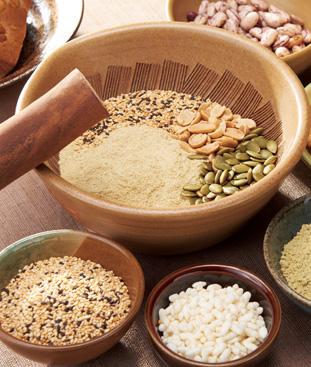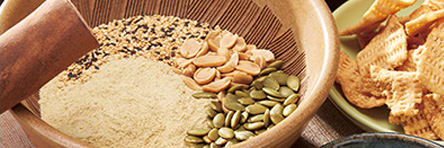The earliest waves of Hakka migration from Fujian and Guangdong province to Taiwan date back to the Ming and Qing Dynasty. Settlements were spread across the island in accordance with when or where different groups of Hakka settlers landed. As a consequence, various demographic, economic, geographic or societal issues arose within those Hakka communities. Some Hakka immigrants were able to preserve their traditional culture. Others chose to live among local inhabitants. Still others intermarried with, and ultimately assimilated into the natives. Now, the Hakka population in Taiwan can generally be divided into Southern, Central, Northern and Eastern Hakka due to regional nuances of cultures, dialects or lifestyles.
Descended from mainland immigrants, Hakka people in Taiwan are known for their gratitude, unity, and tenacity.

The earliest waves of Hakka migration from Fujian and Guangdong province to Taiwan date back to the Ming and Qing Dynasty. Settlements were spread across the island in accordance with when or where different groups of Hakka settlers landed. As a consequence, various demographic, economic, geographic or societal issues arose within those Hakka communities. Some Hakka immigrants were able to preserve their traditional culture. Others chose to live among local inhabitants. Still others intermarried with, and ultimately assimilated into the natives. Now, the Hakka population in Taiwan can generally be divided into Southern, Central, Northern and Eastern Hakka due to regional nuances of cultures, dialects or lifestyles.
Descended from mainland immigrants, Hakka people in Taiwan are known for their gratitude, unity, and tenacity.

The earliest waves of Hakka migration from Fujian and Guangdong province to Taiwan date back to the Ming and Qing Dynasty. Settlements were spread across the island in accordance with when or where different groups of Hakka settlers landed. As a consequence, various demographic, economic, geographic or societal issues arose within those Hakka communities. Some Hakka immigrants were able to preserve their traditional culture. Others chose to live among local inhabitants. Still others intermarried with, and ultimately assimilated into the natives. Now, the Hakka population in Taiwan can generally be divided into Southern, Central, Northern and Eastern Hakka due to regional nuances of cultures, dialects or lifestyles.
Descended from mainland immigrants, Hakka people in Taiwan are known for their gratitude, unity, and tenacity.

These traits can be traced back to their ancestors who, far outnumbered by previous settlers like the Min Nan Chinese, arrived in Taiwan relatively late. Consequently, they often had to settle for less fertile land, including foothills or mountain areas. Despite such adverse living conditions, the early Hakka displayed great perseverance and fortitude in order to survive. They transformed reedy swamps into arable fields, barren hillsides into cultivable terraces. They also built ponds and irrigation systems to farm those newly created lands. While busy with agriculture, they never forgot to express appreciation to Chinese deities. On January 20th in the Chinese lunar calendar, the day Nüwa, a legendary Chinese goddess, is said to have created mankind and saved the world from destruction, the Hakka would stop working and start singing folk songs in celebration. They would thank Heaven and let Earth rest in hopes of a more sustainable future.
Hakka people in Taiwan value worship of gods, reverence toward ancestors, and education for children. For instance, they endearingly dub Tudigong, a Chinese tutelary deity whose temples are a common feature in Hakka communities, “Lord Uncle” to show affection. They sometimes pray to trees or stones instead of statues of the gods, too. Worship of nature as well as Tudigong speaks volumes about Hakka people's belief in, and veneration for, a higher power. On top of that, they frequently engrave family names or couplets on pillars or lintels of their family shrines. In doing so, future generations will better understand family history and never forget their roots. The importance of education and books is also greatly emphasized. Hakka children are taught to respect paper and Chinese characters so that they will grow up successful. This belief has led to a wealth of learned Hakka scholars and literati.
One can easily discover Hakka spirit in their food. Whether it's Xing Ding Ban, a dish dedicated to newborn babies, or Ziba, a snack shared by friends and family alike during weddings, or even Tangyuan, a kind of glutinous rice dumplings regularly featured in Hakka festivals, food and culture are inevitably intertwined. During every important ceremony, Hakka identity and unity are seamlessly interwoven with each carefully crafted cuisine. People from different cultural backgrounds, as a result, are enabled to experience Hakka culture through a simple taste of their delicacies.


